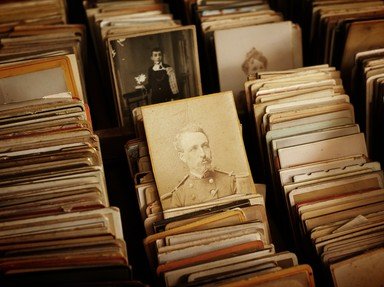
Who Came Next? Trivia Quiz
This is a match quiz about people who followed someone else, covering a combination of royalty and political people. I wish you every success in choosing the right person.
A matching quiz
by ClaudiaCat.
Estimated time: 3 mins.
- Home
- »
- Quizzes
- »
- People Trivia
- »
- Mixed People